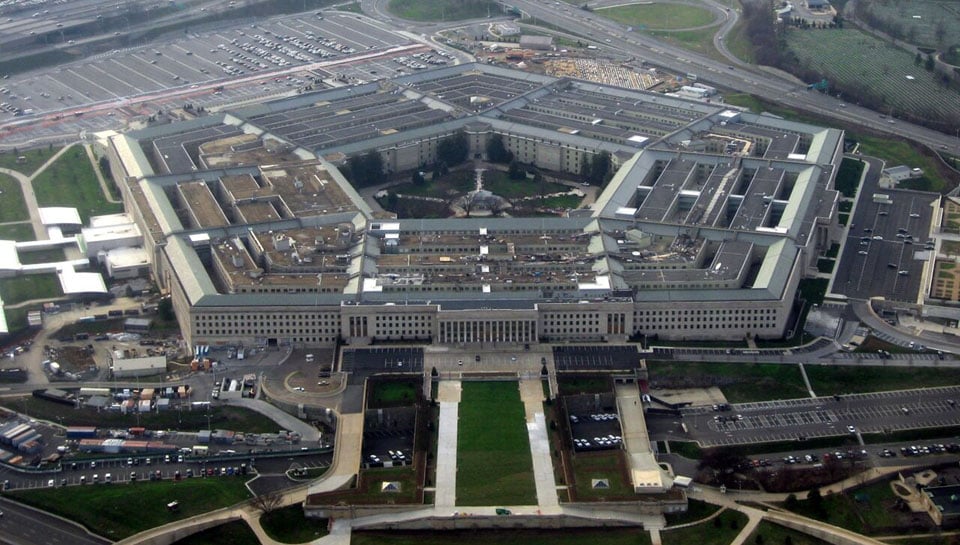
WASHINGTON: The Pentagon plans to increase investments in defensive cyber tech like cryptology, endpoint management, and zero-trust architectures to protect DoD networks in its 2022 budget, while cutting back on overseas “hunt-forward” cyber operations.
Notably, the Fiscal Year 2022 budget request includes a new line item for “imbedding zero-trust architectures,” with a proposed price tag of $615 million. The government has made a huge push to promote zero-trust security this year.
The biggest year-over-year spending increase compared to FY 2021 line items is for cryptology. The FY 2022 request is $980.9 million, compared to a requested $678.8 million in 2021, an increase of $302 million. Next comes endpoint management, which will include automated continuous endpoint monitoring. DoD is requesting $339.7 million for 2022 versus $67.2 million requested in 2021, a boost of $272.5 million. Finally comes mission assurance. The request for 2022 is $715 million, versus a requested $460.4 million in 2021, some $254.6 million more.
On the civilian side of the federal government, the Biden administration’s first proposed budget includes an additional $110 million for CISA, $500 million to modernize IT at federal agencies, and another $750 million to close gaps in federal agency cyber defenses following a slew of cyber campaigns over the past year.
A budget document released by OMB today also requests $15 million for the Office of the National Cyber Director, which was created in the National Defense Authorization Act for Fiscal Year 2021. Biden has nominated NSA veteran John Chris Inglis to serve as the first national cyber director.
Overall, the top-line DoD cyber budget request rises by $600 million to $10.4 billion compared to the $9.8 billion requested for FY 2021.
The Cybersecurity portion of the budget — mostly focused on defensive tech — seeks a small increase to $5.6 billion from a requested $5.4 billion in FY 2021.
Other highlights in the Cybersecurity portion include:
- Identity and credential access management (ICAM): $243.9 million versus a requested $198.5 million in FY 2021.
- Securing points of info sharing: $315.8 million versus a requested $296.2 million in FY 2021.
The Cyber Operations portion of the budget seeks an increase to $4.3 billion versus the requested $3.8 billion in 2021. Most of the increases here appear to be focused on DoD mission assurance and growing the Cyber Mission Force by four teams. The four teams will support cyber operations and provide cyber support for space operations. The precise composition, duties, and costs of these teams are unclear right now.
Other highlights in the Cyber Operations portion include:
- A large drop in overseas “hunt-forward” operations: $147.2 million versus a requested $431.6 million in FY 2021.
- Joint, coalition, and inter-agency C2 to enhance multi-domain operations: $181.9 million versus a requested $238.6 million in FY 2021.
The budget also proposes cutting DoD cyber research and development efforts to $500 million from $600 million requested in 2021.






















